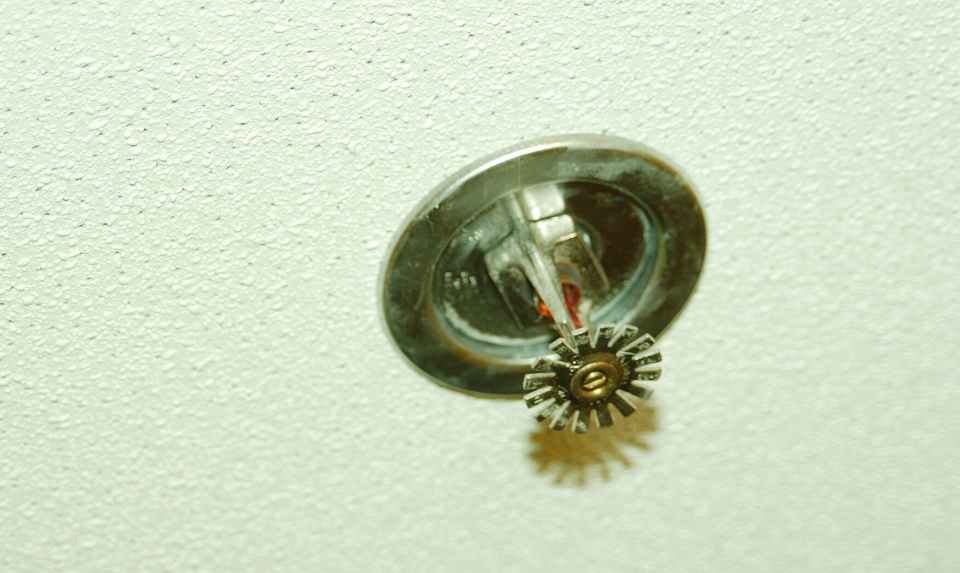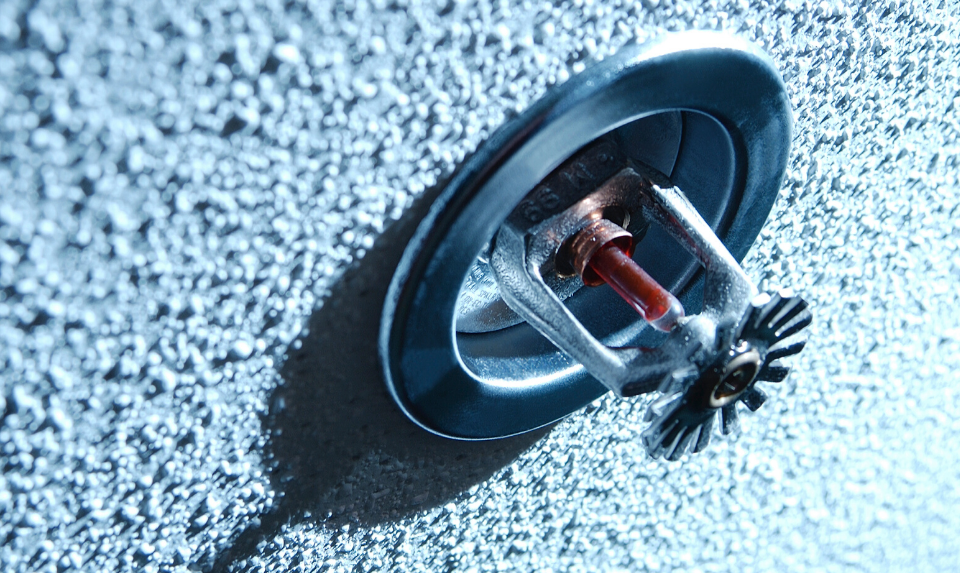Maintaining your apartment or business isn’t the most fun job to start with, but when you have risky cleaning tasks, it becomes even harder. One of these cleaning tasks consists of dusting or cleaning the dust off of fire sprinkler heads mounted in a lot of office buildings and apartment. The fire sprinkler heads are extremely sensitive and can break open with a minor hit, but they still require to be cleaned occasionally.
It’s important that you accurately follow the guidelines below – because one small error could result in a very, very bad day. Unintentionally breaking the heat-sensitive element will trigger most fire sprinkler heads.
The task of fire sprinklers is to control a fire during its vital early stages to save lives. Sorry to say, it’s common to ignore regular fire sprinkler examination and maintenance, which is necessary to make sure quick sprinkler operation.

Dirty fire sprinkler heads can cause water spray patterns to become warped as filth builds up, and the thermal element – most usually a glass bulb designed to break at a specific temperature – can become insulated, interrupting sprinkler activation. There are obviously some health concerns associated with dirt and dust covering your fire sprinklers. Dirty sprinkler heads in offices, restaurants, hotels, and hospitals can gather and eventually re-transmit bacteria and viruses.
Regrettably, it is every common to find and look up fire sprinkler heads covered with dust, aged cobwebs, and grime. Whether it’s because they are oblivious of the problem or unsure about how to clean them, a lot of facilities maintenance professionals, janitorial service providers and building owners frequently fall short of traditional standards.
Luckily, there are some simple tips that you can follow to clean your sprinkler heads correctly without causing any harm:
Avoid Using a Wet Cloth
Initially, you should evade using a clean cloth to wipe your fire sprinkler heads. This can cause dust to accrue into little balls that might clog the sprinkler holes. As an alternative, use a dry cloth to promptly whisk away any dust that might have collected on the outside of the sprinkler head. One more option is to use a vacuum cleaner hose and accessories, but hold the accessory away from the sprinkler head when doing so.
Use Canned Air
As a substitute of using a cleaning solution, use a can of air, similar to what you use to clean out your electronics or your keyboard. Follow the instructions on the can when doing so, and check that you do not hold the can of air upside down. Or else, liquid could leak out of the can and get into your fire sprinkler heads, which could cause injury.
The canned air should do a good job of getting rid of most of the dust as possible out of the fire sprinkler head, which you wouldn’t be able to achieve when cleaning it by hand. Just ensure that you hold it a number of inches away from the sprinkler head when using; or else, the pressure could potentially cause the fire sprinkler head to fall off. If this happens, you will have to call a fire sprinkler setup company to come out and repair the sprinkler head.
Clean the Area Around the Fire Sprinkler Heads

Don’t just clean the sprinkler head itself. You should dust the area around the fire sprinkler head too. This will assist you get rid of any spider webs or cobwebs that might find their way onto your sprinkler heads, which might cause clogs.
Replacing Dirty Fire Sprinkler Heads
Replacement is the most costly way to deal with unclean fire sprinklers, but; it can make a floor or building out of use while it’s completed and it needs hiring an expert contractor to perform the job. Changing sprinkler heads involves draining the system, shutting off the water source, recharging the system (aka turning the water back on), and then testing the sprinkler system.
In a worst-case scenario, this can take days and rate thousands of dollars. It also entails massive coordination and effort; all residents, patrons, employees, or patients must evacuate the affected floors during the procedure. In a nutshell, reinstating fire is not constantly the most reasonable way to keep fire sprinkler heads clean.